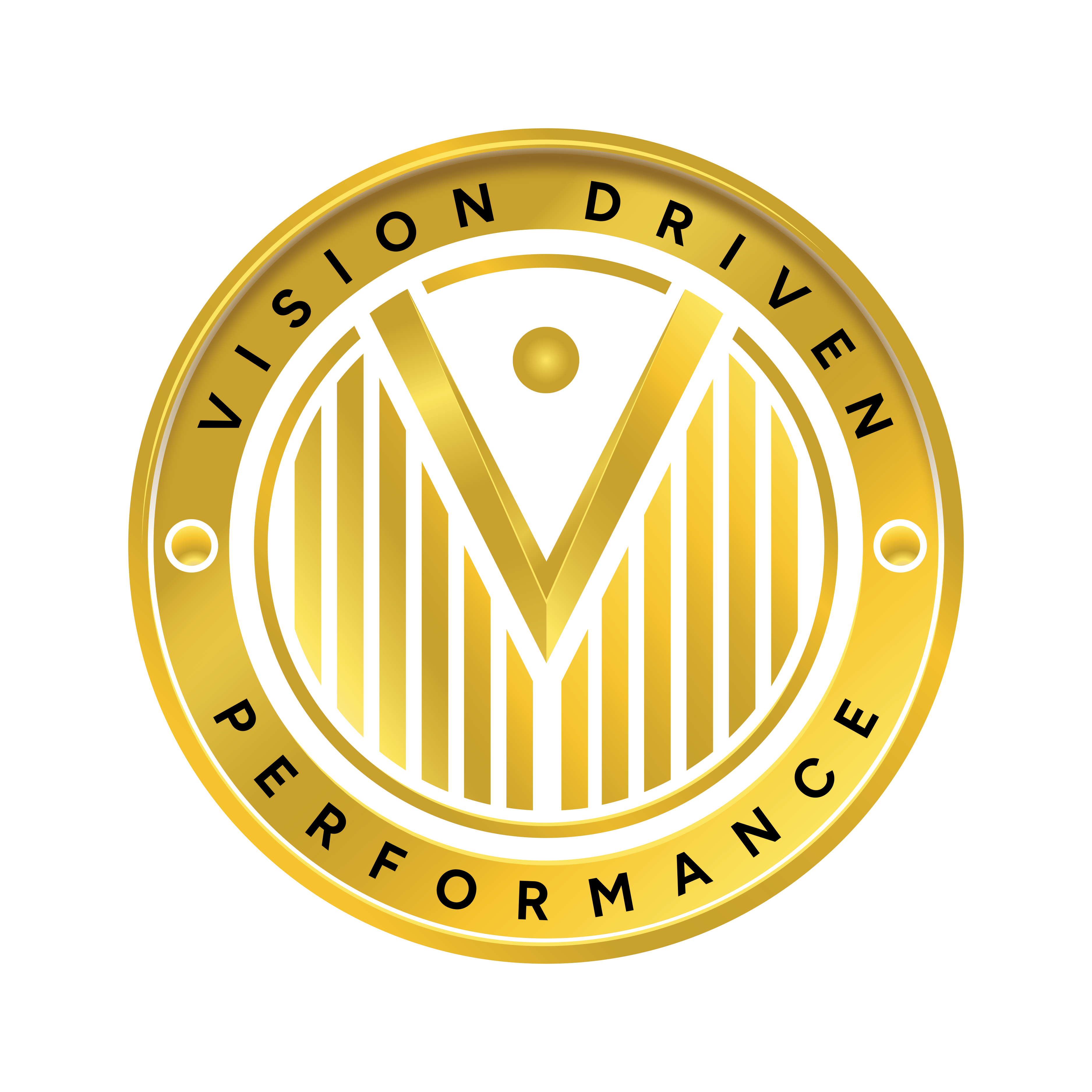The strategy formulation process typically consists of several phases or stages, which may vary depending on the specific framework or model used.
Here are five common phases that encompass the strategic planning process…
- Analysis and Assessment
- This initial phase involves gathering information, conducting analyses, and assessing internal and external factors that may impact the organization’s strategic direction. It includes activities such as conducting a SWOT analysis (Strengths, Weaknesses, Opportunities, and Threats), and analyzing market trends, competitive landscape, customer needs, and industry dynamics. The goal is to gain a comprehensive understanding of the organization’s current position, capabilities, and the broader business environment.
- Strategy Formulation
- In this phase, strategic objectives and goals are defined based on the insights gained from the analysis phase. It involves identifying opportunities for growth, setting clear objectives, and developing high-level strategies to achieve those objectives. This may include defining the organization’s mission and vision, establishing strategic priorities, and outlining the overall strategic direction. Strategies may encompass areas such as market expansion, product development, innovation, differentiation, cost leadership, or strategic alliances.
- Strategy Implementation
- Once the strategic plan is formulated, it needs to be translated into action through the implementation phase. This involves developing detailed action plans, allocating resources, setting milestones, and assigning responsibilities to execute the strategies effectively. Implementation may require changes in organizational structure, processes, systems, and culture to align with the strategic objectives. Effective communication, stakeholder engagement, and change management are critical during this phase to ensure buy-in and alignment throughout the organization.
- Monitoring and Evaluation
- Continuous monitoring and evaluation are essential to track progress, measure performance, and make adjustments as needed. This phase involves establishing key performance indicators (KPIs) to assess progress towards strategic goals, regularly reviewing performance data, identifying areas for improvement or course corrections, and making informed decisions based on feedback and analysis. Monitoring and evaluation help ensure that the organization remains on track to achieve its strategic objectives and enable agile and adaptive management.
- Review and Adaptation
- The final phase involves periodic review and adaptation of the strategic plan to respond to changing circumstances, emerging opportunities, or new challenges. Strategic planning is an iterative process, and organizations must remain flexible and responsive to evolving market conditions, competitive dynamics, technological advancements, regulatory changes, and other external factors. This phase involves revisiting the strategic plan, reassessing assumptions, updating strategies as needed, and incorporating lessons learned from past experiences to improve future planning efforts.
By following these five phases of strategy, organizations can develop robust, actionable strategic plans that drive sustainable growth, competitive advantage, and long-term success. Each phase is interconnected and builds upon the previous one, contributing to a continuous cycle of strategic planning and execution.





